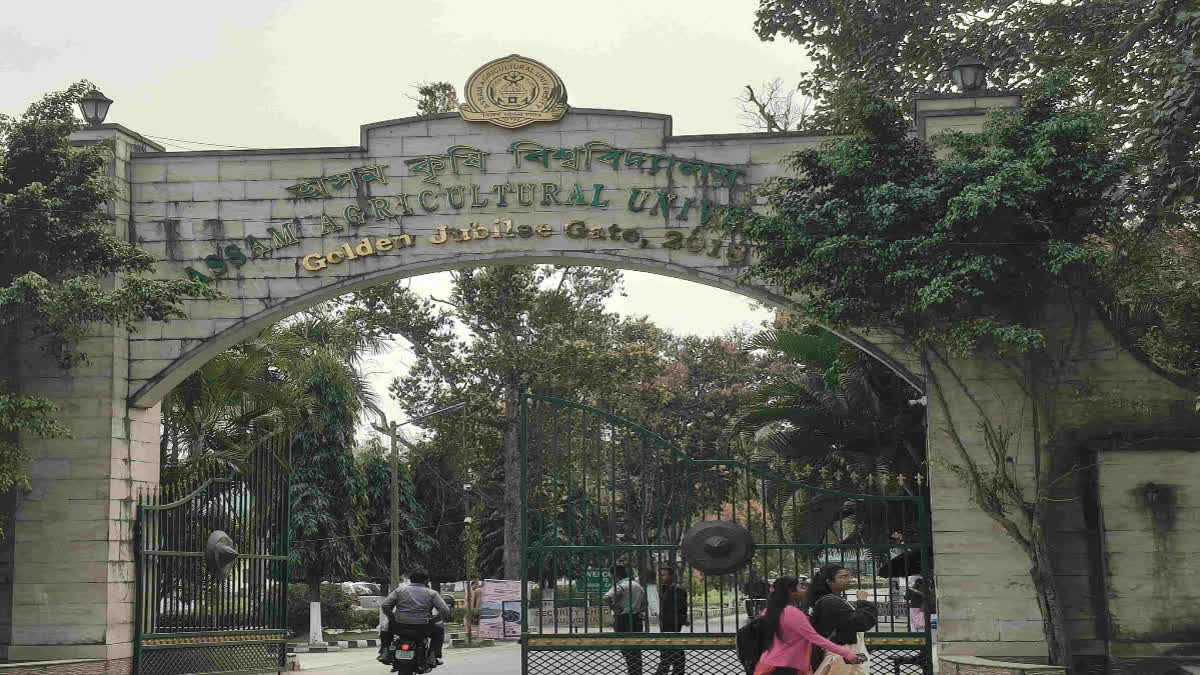Jorhat: Rice is a staple food consumed by millions daily in almost every part of the country to meet the nutritional needs. But what if you found out that this rice was contaminated with harmful substances? A recent study by Assam Agricultural University (AAU) here has detected alarming levels of arsenic in rice grown in the Titabor area of Jorhat, a region popular for its rice production.
The research, led by Professor Samiran Dutta from AAU’s Department of Land Sciences, cited that rice from Titabor region contains traces of arsenic, a harmful substance that poses significant health risks to consumers. Shockingly, the researchers stumbled upon findings regarding arsenic contamination in both rice and groundwater in Titabor, triggering widespread concerns across the state.
The arsenic level in the rice ranges from 0.5-0.8 micrograms per kilogram of rice, the study revealed. At present, even though the presence of arsenic in rice was found to be within safe limits, experts have warned that future risks could increase if the matter is not addressed promptly.
The Beginning
Speaking to media, Saimran Dutta stated, "Several publications, international journals, Gauhati University had been researching and publishing information in this regard. They were working on sediments and detected the presence of arsenic. This was also revealed in a journal called Environmental Monitoring and Assessment."
The Study
It was in 2023 that we initiated the study after researchers noted traces of arsenic in the sediments of the region, Dutta said. "Since arsenic was present in the sediments, we assumed it could leach into groundwater and soil, badly affecting crops like paddy," he said.
One of our students Denim Bora did a study on the subject as part of thesis titled ‘Distribution of Arsenic in Rice Soils of Titabor, Jorhat’. For that, we covered four areas in Titabor like Basagaon, Nangalgaon, Lahan-Bebejia, and Xologuri, and collected soil profiles, 25 Surface Samples of 0-50 centimeters and water samples from 25 tube-wells. Later, we also collected paddy samples at the time of harvesting, Dutta said.
The Finding
Following a two-year study, Dutta’s team figured out many aspects of the research and results were eye-popping. Dutta said, "From our analysis, we found that though the soil is currently safe, presence of arsenic in underground or drinking water has reached alarming levels, Dutta said.
According to the World Health Organization (WHO), the safe limit is 10 micrograms per litre but survey revealed 10-20 times more arsenic in groundwater than the permissible limits. "We have received data about the presence of arsenic ranging from 132-212 micrograms, which is dangerous," he cited.
While the presence of arsenic in rice is not worrisome at present, there is a possibility of arsenic level going high in future. Dutta added, "Around 0.5-0.83 micrograms of arsenic per kg of rice has been detected. At present, however, there is no reason to panic, as arsenic above 1 microgram per kg of rice is considered unsafe according to the WHO.”
“Though there is no reason to fear, time has come to raise an awareness of the dangerous effects if contamination levels go up," he warned.
Effect Of Arsenic On Human Body
Prof Dutta said, "Entry of toxic arsenic into the body through rice and water can damage various parts of the body such as kidneys and liver, and may lead to cancer as well."
Stressing that timely action will be fruitful to tackle the situation, Dutta said, "Through awareness and special processing techniques, we have seen successful mitigation efforts in places like West Bengal. If similar measures are implemented here, we can curb down arsenic levels in rice and prevent long-term health consequences."



